Gayaseong (가야성)
984.9M 2021-03-26
6, Eulji-ro 9-gil, Jung-gu, Seoul
+82-2-2267-3939
It is a popular store among office workers in Euljiro. This Korean dishes restaurant is located in Jung-gu, Seoul. The representative menu is noodles in black bean sauce.
Granhand Seochon (그랑핸드 서촌)
985.7M 2024-01-30
Jahamun-ro 4-gil 14-2, Jongno-gu, Seúl
Biblioteca de Seúl (서울도서관)
989.5M 2022-12-14
Sejong-daero 110, Jung-gu, Seúl.
+82-2-2133-0300
La Biblioteca de Seúl ofrece una amplia variedad de documentos, desde materiales relacionados con la historia, la cultura, el urbanismo, el transporte, el medio ambiente, todo tipos de documentos sobre viajes, hasta informes extranjeros, documentos de investigación, materiales visuales e información electrónica.
NOBIZIB (너비집)
992.8M 2021-03-24
37-8, Myeongdong, 9-gil, Jung-gu, Seoul
+82-2-756-4084
This restaurant is famous for spicy Galbijjim (braised short ribs). This Korean dishes restaurant is located in Jung-gu, Seoul. The representative menu is spicy braised short ribs.
Dialogue in the Dark (Sucursal de Bukchon) (어둠속의대화 북촌점)
993.0M 2025-05-12
Gahoe-dong, Jongno-gu, Seúl
Pabellón Nakseonjae (낙선재)
998.1M 2021-09-28
Yulgok-ro 99, Jongno-gu, Seúl.
Este pabellón se encuentra dentro del palacio Changdeokgung. Es una estructura de 1 solo piso construida en el estilo tradicional. Tiene 6 kan (compartimientos) en el frente y 2 kan a los lados. Este pabellón fue levantado en 1846 e incluye los salones Seokbokheon y Sugangjae. Detrás de él, hay un jardín de flores con grandes rocas. Las chimeneas, las flores y el entorno conforman una escena muy pintoresca.
Myeongdong Hanubang (명동한우방)
1.0Km 2021-03-18
37-5, Myeongdong 9-gil, Jung-gu, Seoul
+82-2-2267-8132
This is a Korean cuisine located in Myeong-dong, Seoul. A Korean BBQ restaurant. The representative menu is grilled thin skirt.
Mugunghwa - Lotte Hotel Seoul (무궁화 롯데호텔서울)
1.0Km 2021-03-19
30, Eulji-ro, Jung-gu, Seoul
+82-2-317-7061
This Korean cuisine is located near Euljiro 1(il)ga Station, Seoul. The representative menu is Korean table d'hote. A restaurant serving Korean course meal menu recognized by MICHELIN.
La Seine - Lotte Hotel Seoul(라세느 롯데호텔서울)
1.0Km 2021-04-15
30, Eulji-ro, Jung-gu, Seoul
+82-2-317-7171
This buffet is located near Euljiro 1(il)ga Station, Seoul. The representative menu is buffet. It is located at a well-known hotel in Korea.
Mojji Cream (모찌크림)
1.0Km 2021-03-26
30, Eulji-ro, Jung-gu, Seoul
+82-2-772-3997
It is a Japanese-style dessert shop. This cafe is located in Jung-gu, Seoul. The representative menu is espresso.
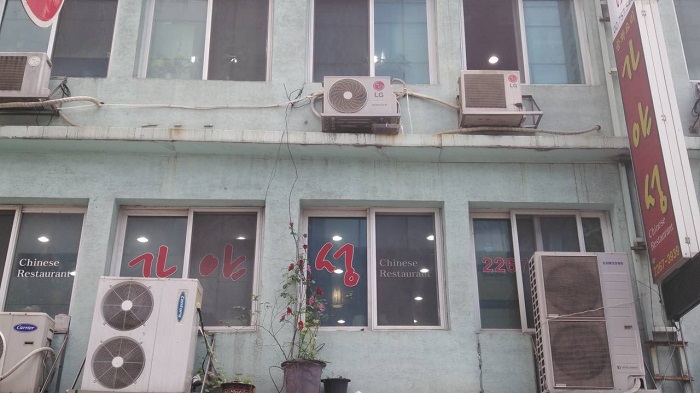
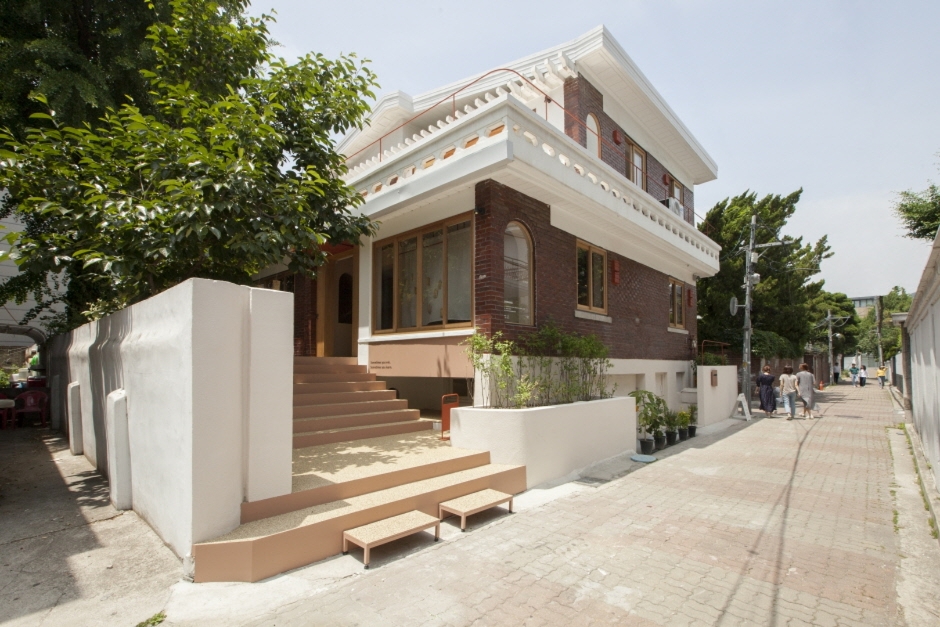

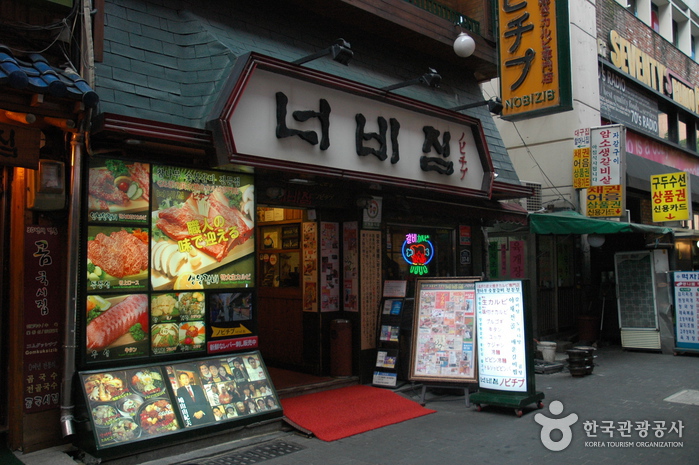
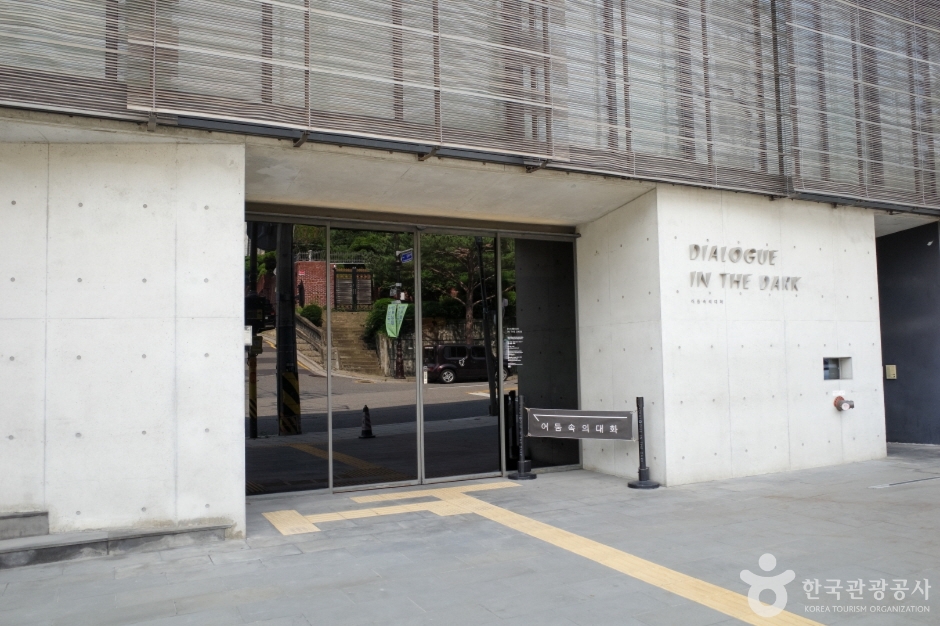
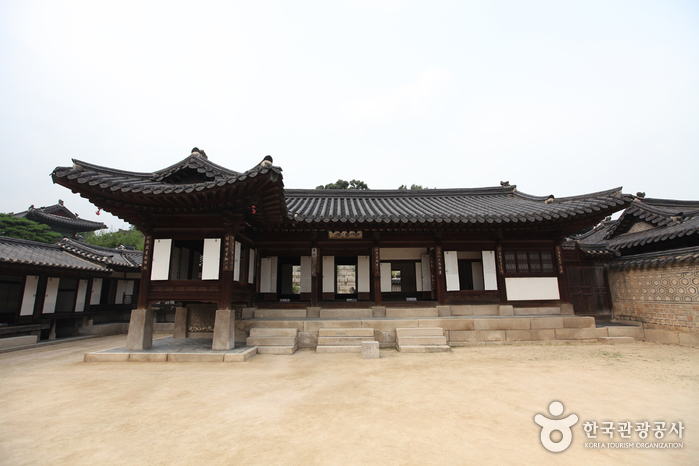
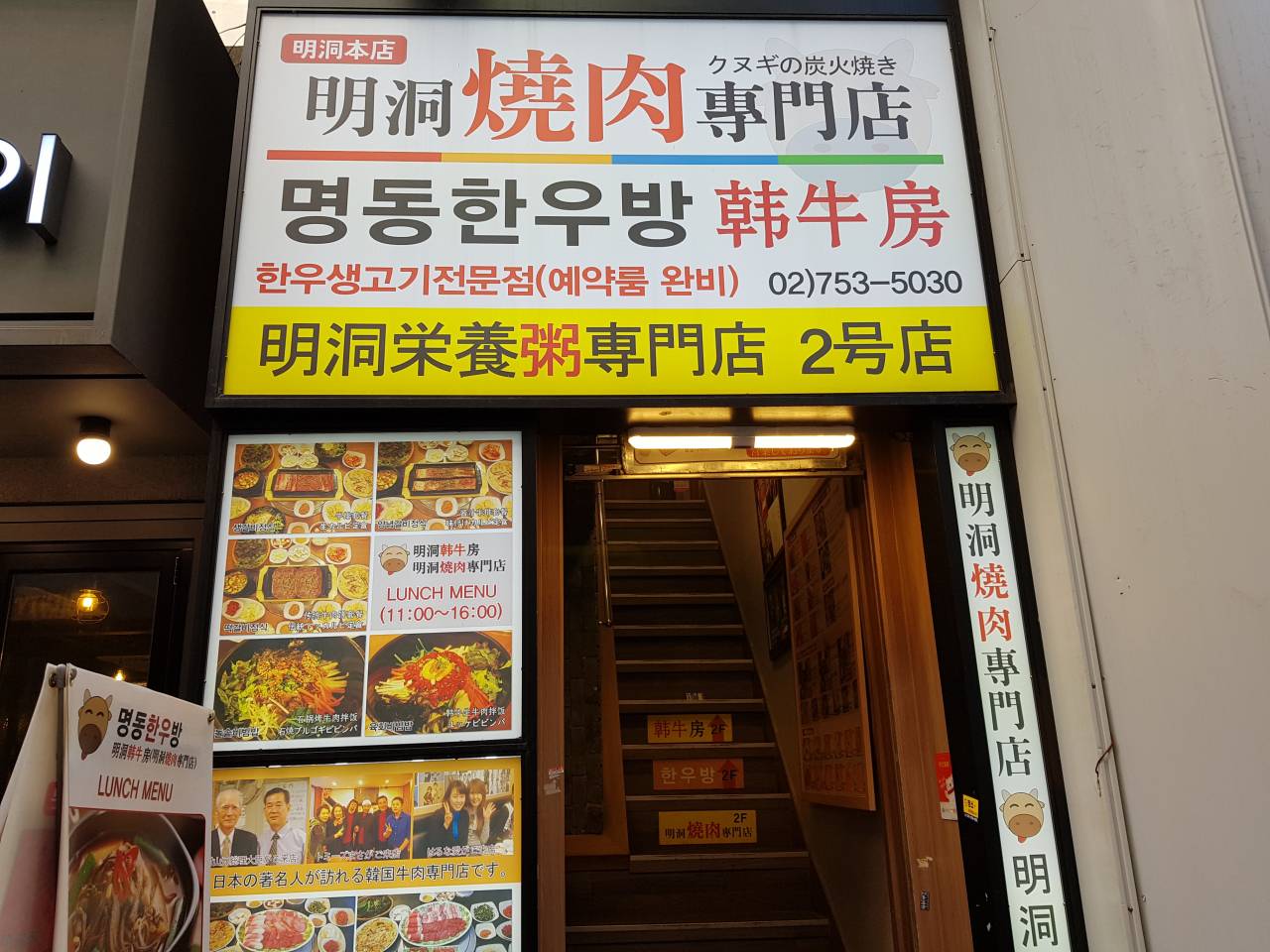
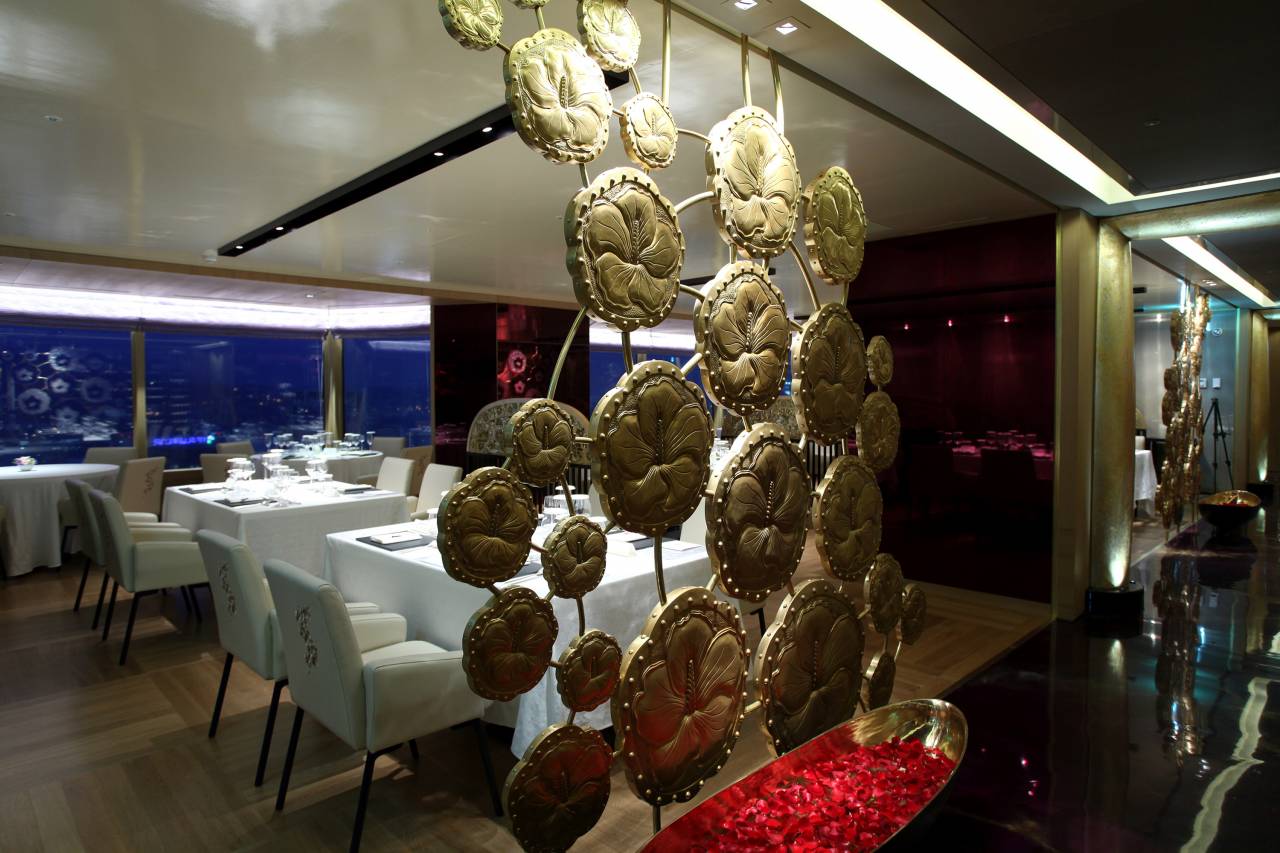
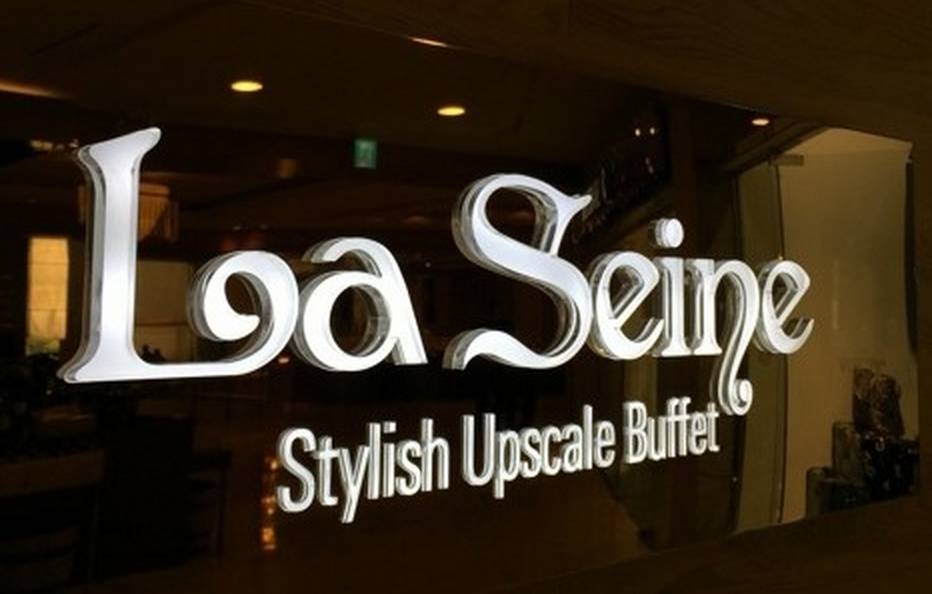
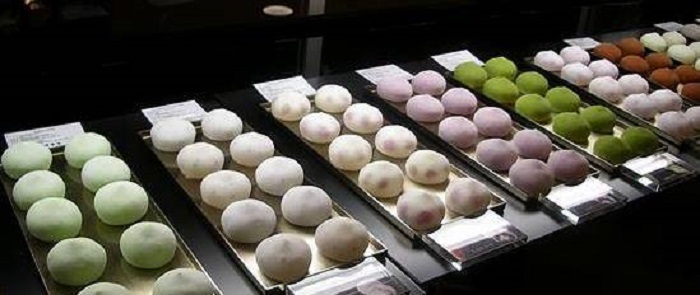
 Español
Español
 한국어
한국어 English
English 日本語
日本語 中文(简体)
中文(简体) Deutsch
Deutsch Français
Français Русский
Русский